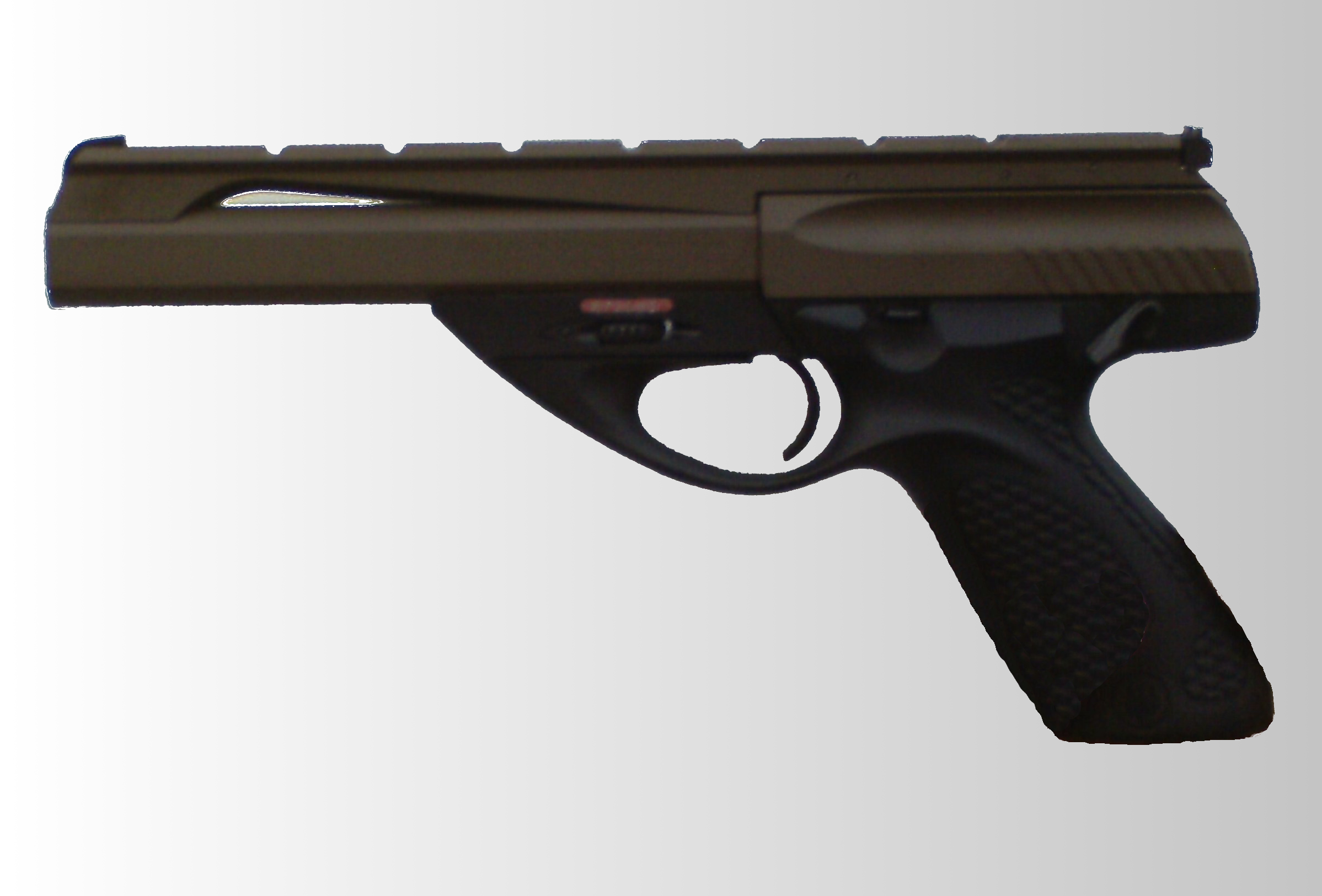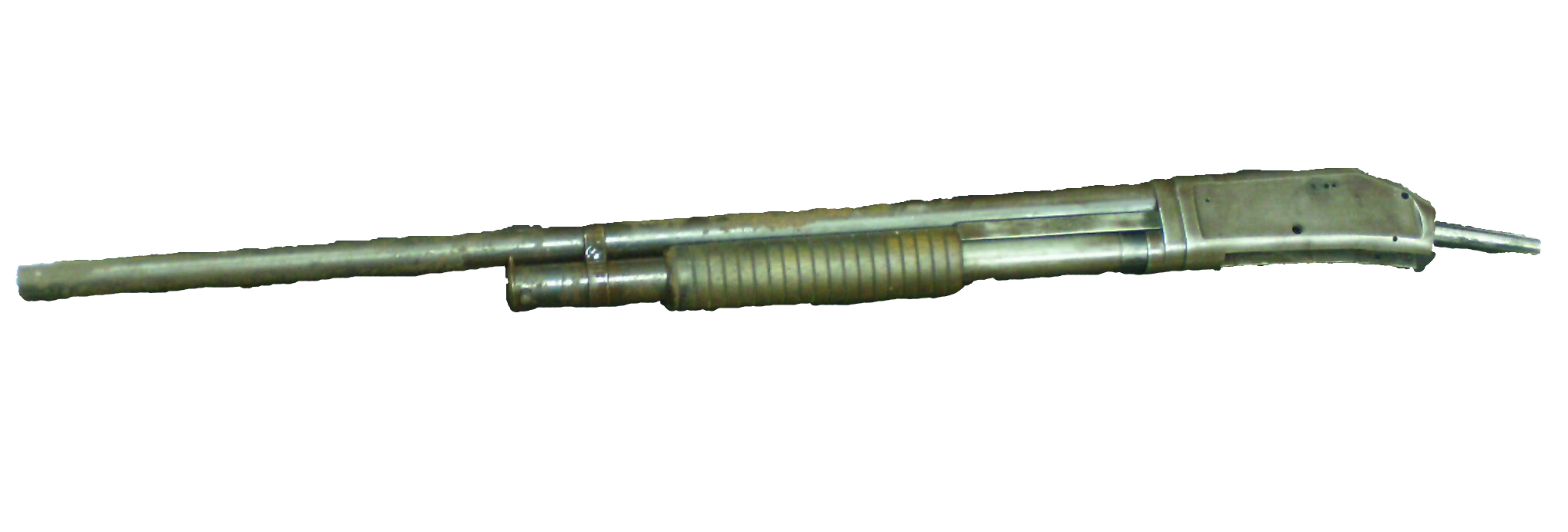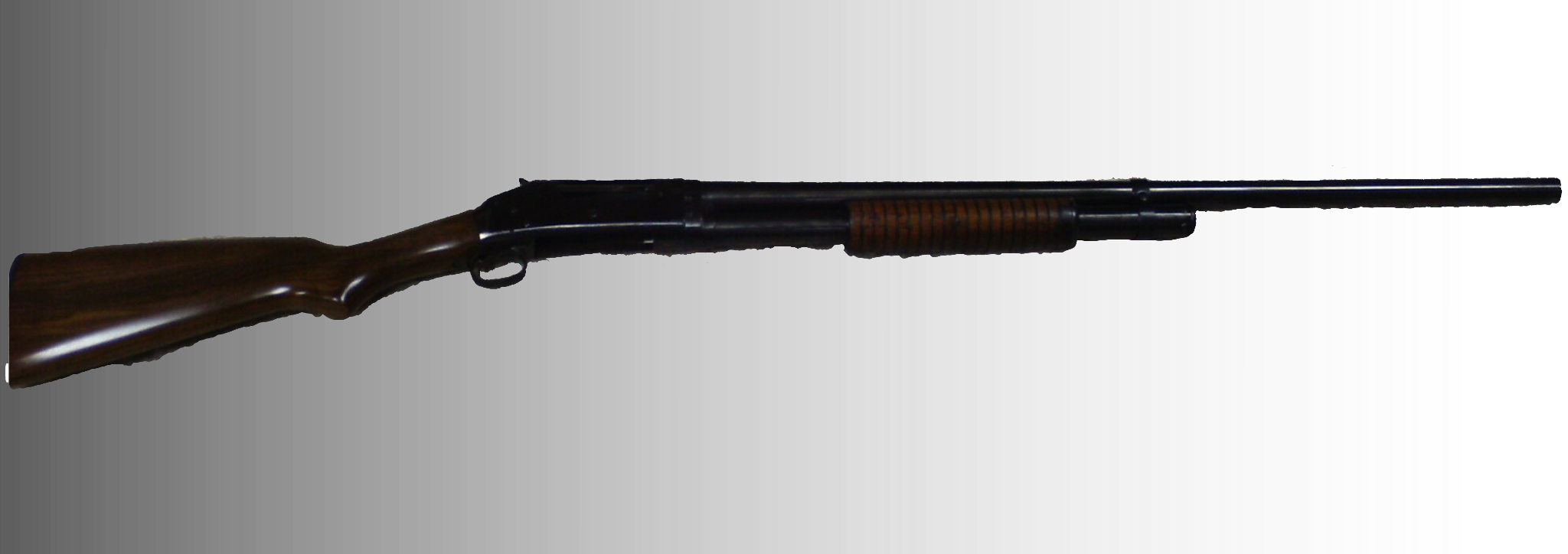Interested in Having Your Firearm Refinished?
All processes require disassembly of the firearm and thorough preparation of the surfaces to ensure a smooth finish. It is like any kind of refinishing – results depend on the preparation of the surface prior to applying the finish. Firearms that are rusted and pitted require additional sanding and filing to ensure a smooth finish.
Please do not attempt to remove rust on your own. It is possible to damage the surface by removing too much material.
GunTech will advise clients if there is a possibility that refinishing may result in a decrease in the firearm’s value.
Refinishing processes provided by GunTech: Cerakote™One of the most economical and durable finishes available. Gun must be sandblasted; then Cerakote™ is sprayed on and baked. Cerakote™ offers dozens and dozens of color choices and can be applied to metal, plastic and wood. View colors at www.cerakoteguncoatings.com/finishes.


Cerakote, Patriot Brown and Black
Fume Bluing
Slow Rust Method 1 – Uses acid fumes in a temperature controlled environment to add micro-grain particles of ferrous ferric oxide (black rust) to the metal. This method leaves a grey blue finish and provides the most durable of the blued finishes. It is used primarily on antique firearms.
Liquid Boil and BlueSlow Rust Method 2 – Requires an alternating sequence of controlled heat, chemical application and carding with very fine brushes. The age of the gun determines the sequence. The result is a dark grey blue finish.


Winchester 1897 Before & After
Caustic (Hot Blue)Uses caustic salts at very high heat and causes steel to turn black. This process is the most expensive method of metal finishing and is used primarily on firearms manufactured 1940s and later.